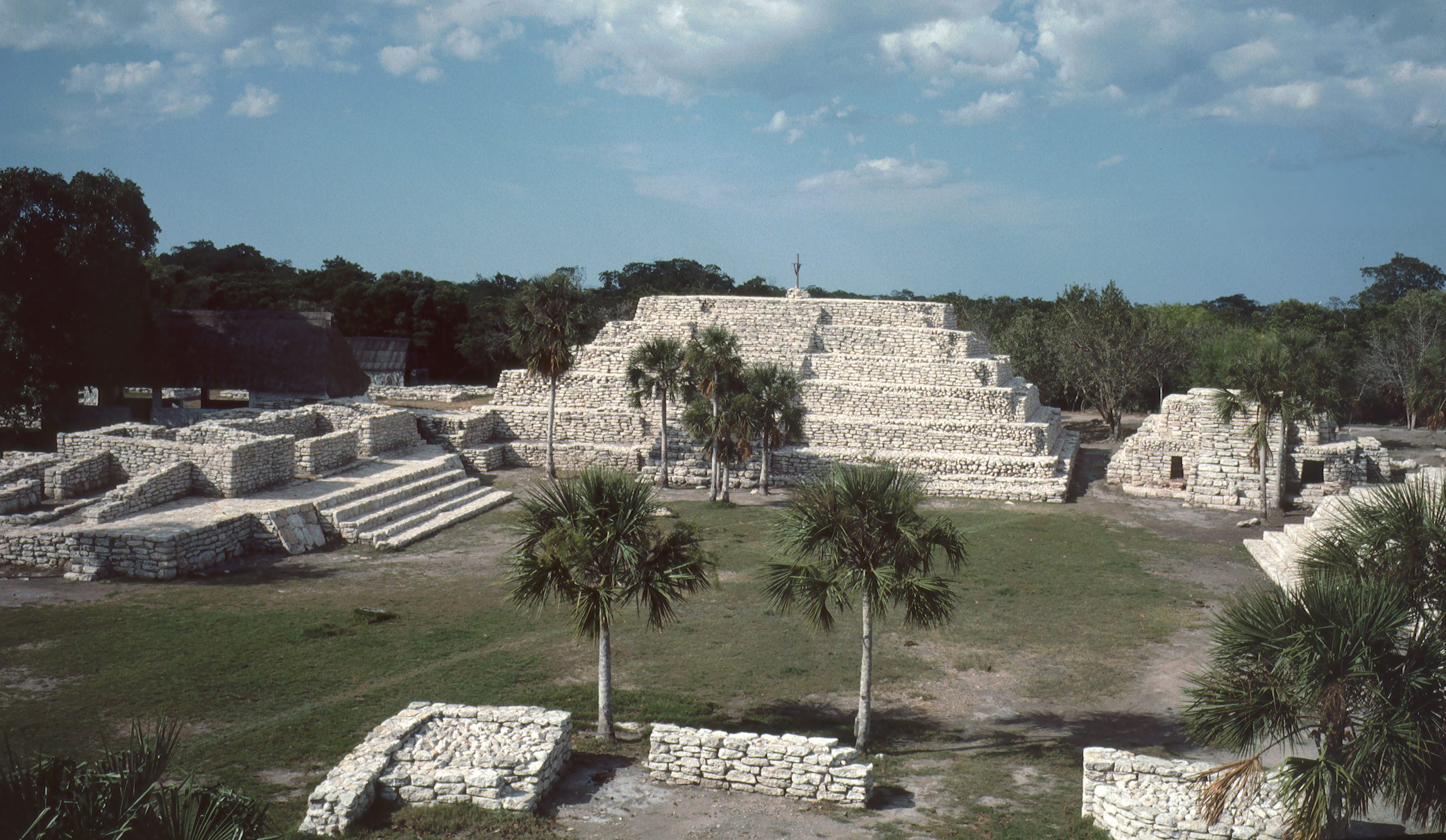The Archaeological Significance of Xcambo: A Mayan Trade Hub
Xcambo stands as a testament to the ingenuity and complexity of Mayan civilization, particularly in terms of its role within the vast trade networks that connected various parts of the Yucatan Peninsula and beyond. Located on the northern coast of the state of Yucatan, this archaeological zone offers invaluable insights into the commercial and architectural advancements of the Mayan people.
Get your dose of History via Email

Historical Overview
The inception of Xcambo dates back to the Early Classic period (250-600 AD), likely established under the influence of Izamal, a significant pilgrimage and trade center of the time. The architectural remnants from this era exhibit Peten style, characterized by megalithic stonework, rounded corners, and stucco masks, similar to those found in other notable sites like Izamal and Ake. This style indicates a cultural and commercial connection with the Peten region of Guatemala.
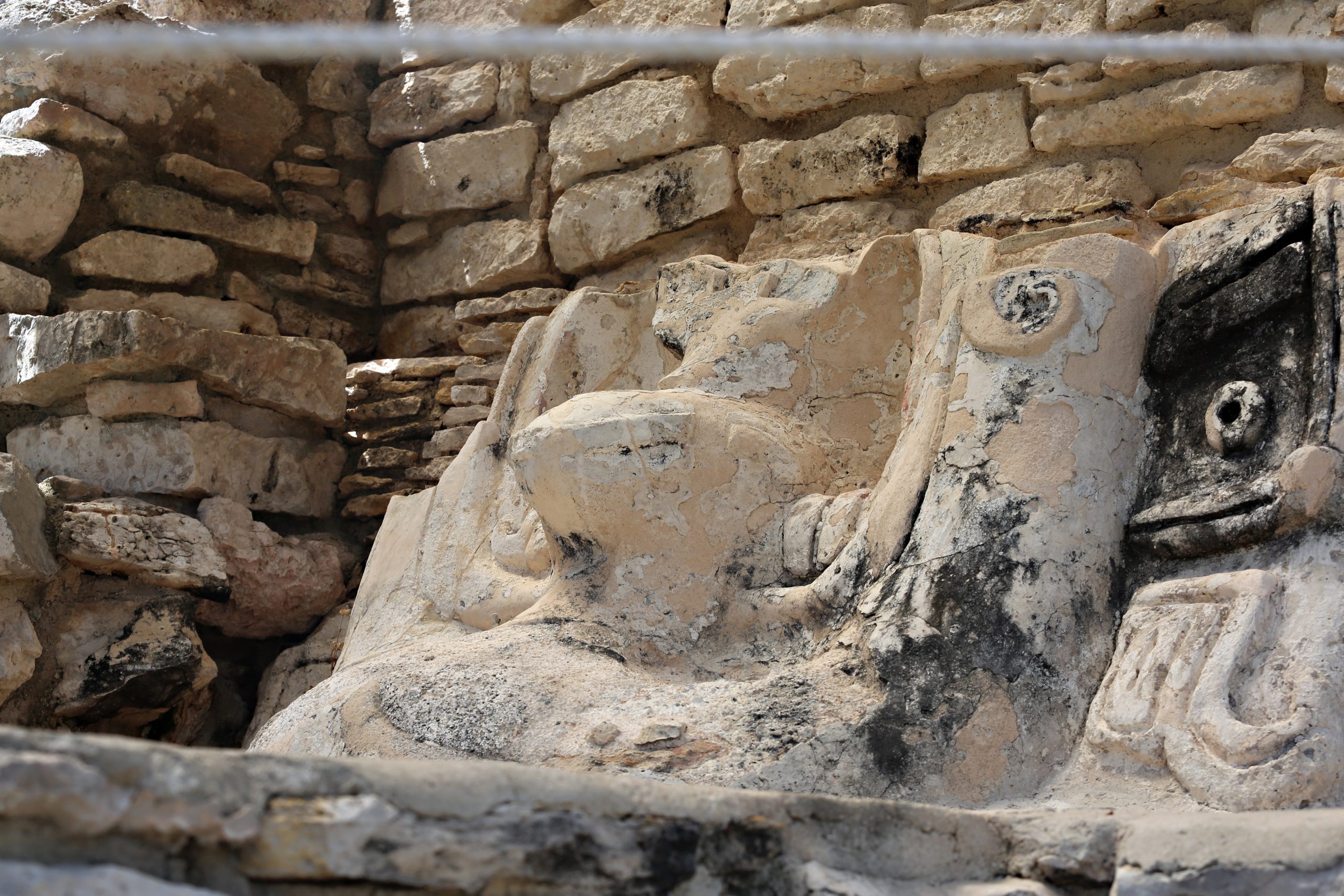
By the Late Classic period (600-900 AD), the political landscape of the Yucatan underwent significant changes, with new polities emerging and trade routes being redefined. Towards the end of this period, Xcambo experienced a decline in its influence and was gradually abandoned. The absence of stelae or monuments that could shed light on its rulers or political affiliations makes it a subject of ongoing research and speculation.
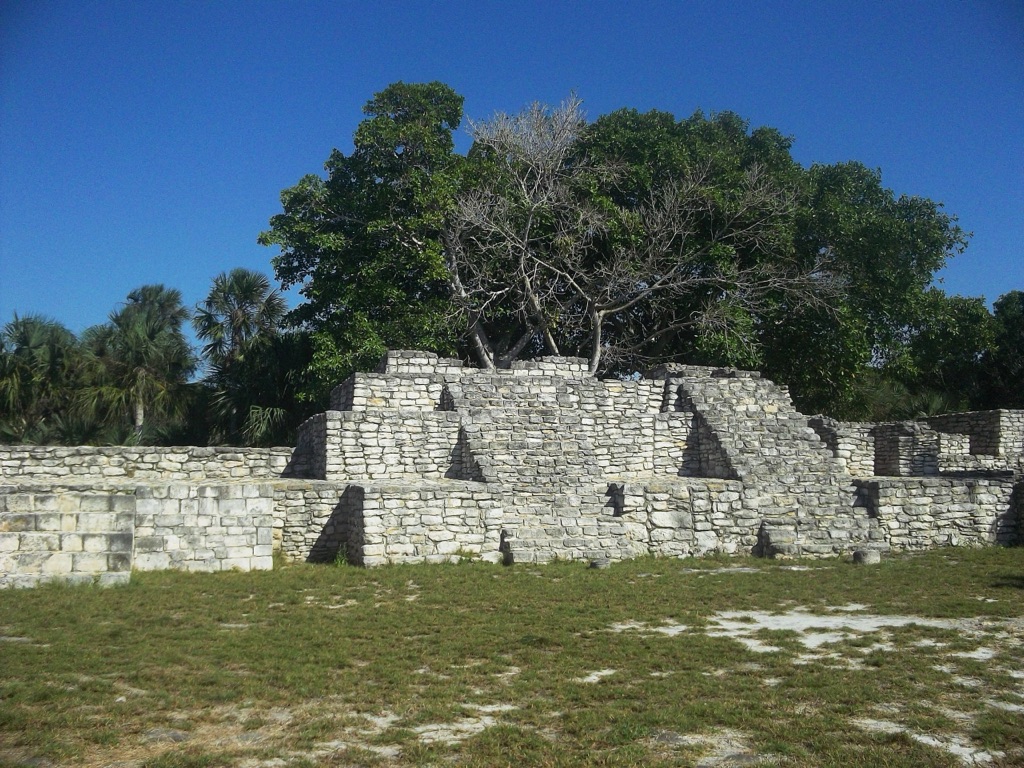
Architectural Highlights
Xcambo is distinguished by three main architectural groups: East, West, and Central, all of which are interconnected by sacbes (raised white stone roads) and are in a relatively good state of restoration. The Central Group, despite its compact size, houses the most impressive civic and ceremonial structures, including the main pyramid (Structure 1), which dominates the north side of the central plaza. This seven-tiered structure, reaching approximately 35 feet in height, likely supported a temple made of perishable materials at its summit.
Adjacent to the main plaza, the East Group features a variety of structures, including a well-proportioned, three-tiered structure (Structure 7) with ceremonial significance, and a series of platforms and chambers that hint at the complex social and religious practices of the Mayans.
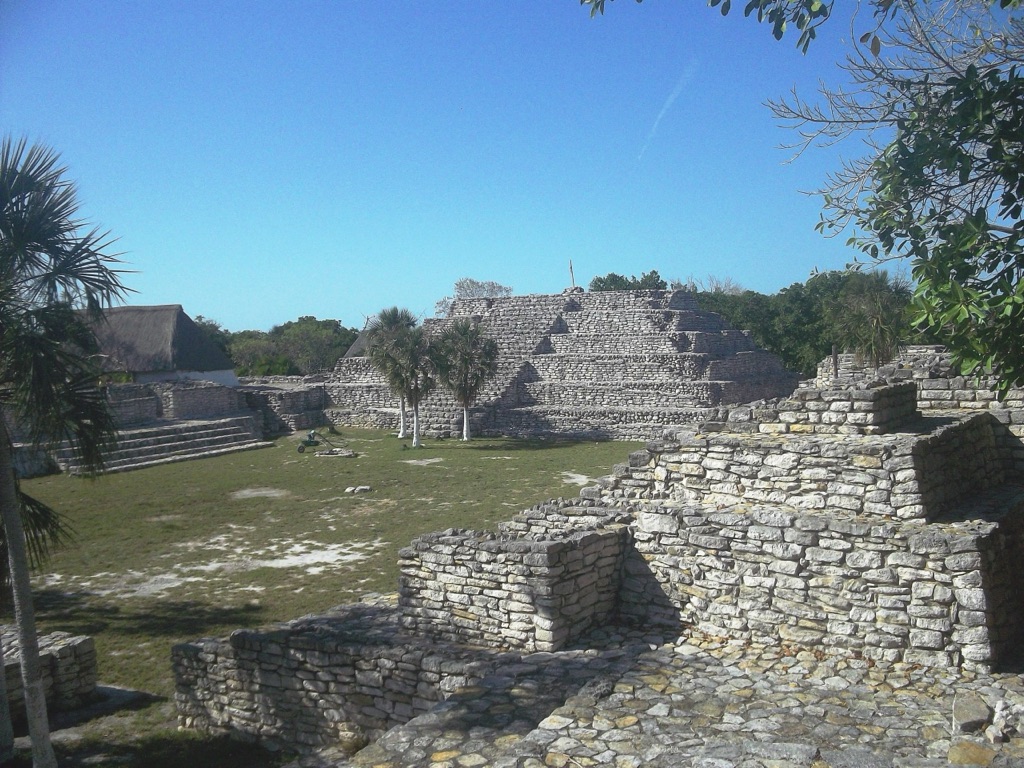
The West Group, in contrast, appears to have served both economic and residential purposes. The presence of circular, above-ground storage basins suggests that this area was involved in the production and export of salt, a valuable commodity in the Mayan trade network.
Economic Significance
The strategic location of Xcambo, near salt flats and marshlands, facilitated its role as a crucial commercial port within the Mayan trade network. The exploitation of salt flats for commercial purposes underscores the economic ingenuity of the Mayans and highlights the importance of Xcambo in the broader economic landscape of the region.
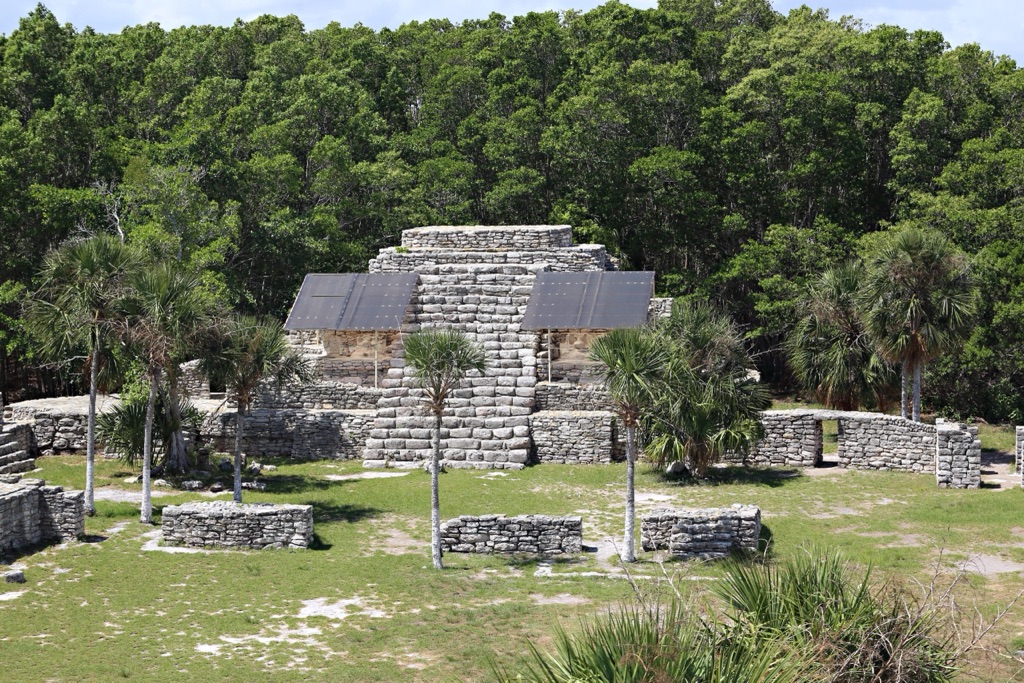
Exploration and Investigation
Xcambo’s history of investigation is relatively brief, with the site only being opened to the public in 2001. This limited exploration has left many questions unanswered, particularly regarding the political affiliations and the identities of its rulers. However, the structures that have been uncovered and restored offer a glimpse into the architectural prowess and commercial significance of this Mayan site.
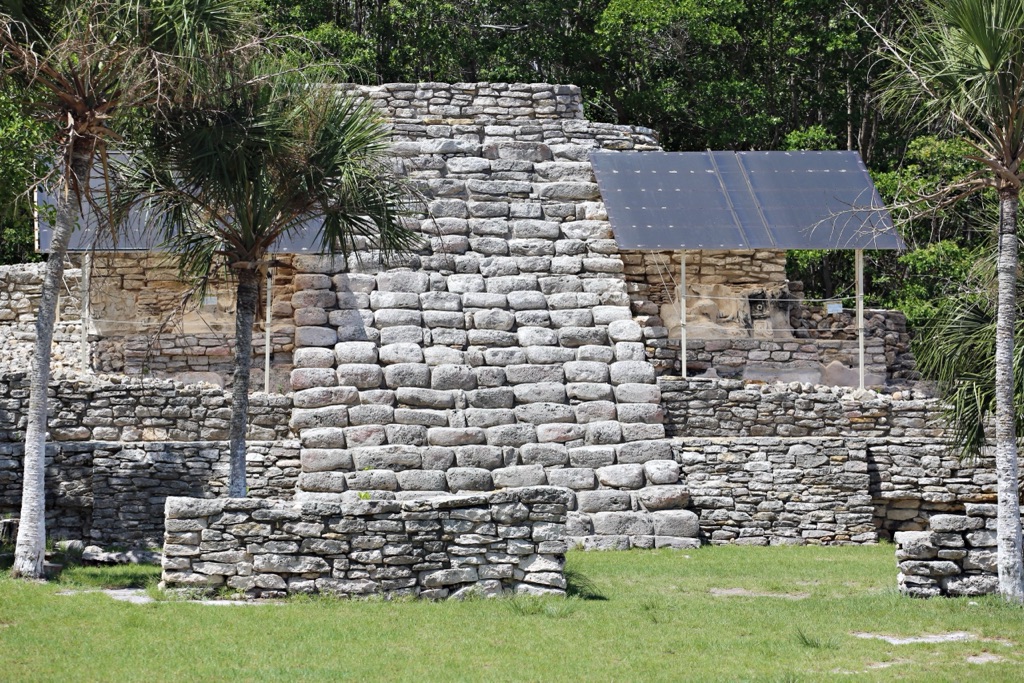
Conclusion
Xcambo serves as a crucial link in understanding the Mayan civilization’s architectural, commercial, and political dynamics. Its strategic location, architectural complexity, and role within the vast trade networks of the Yucatan Peninsula make it an invaluable site for historians, archaeologists, and anyone interested in the rich tapestry of Mayan culture. As investigations continue, it is hoped that more light will be shed on the mysteries that still envelop this significant archaeological zone.
Sources:

